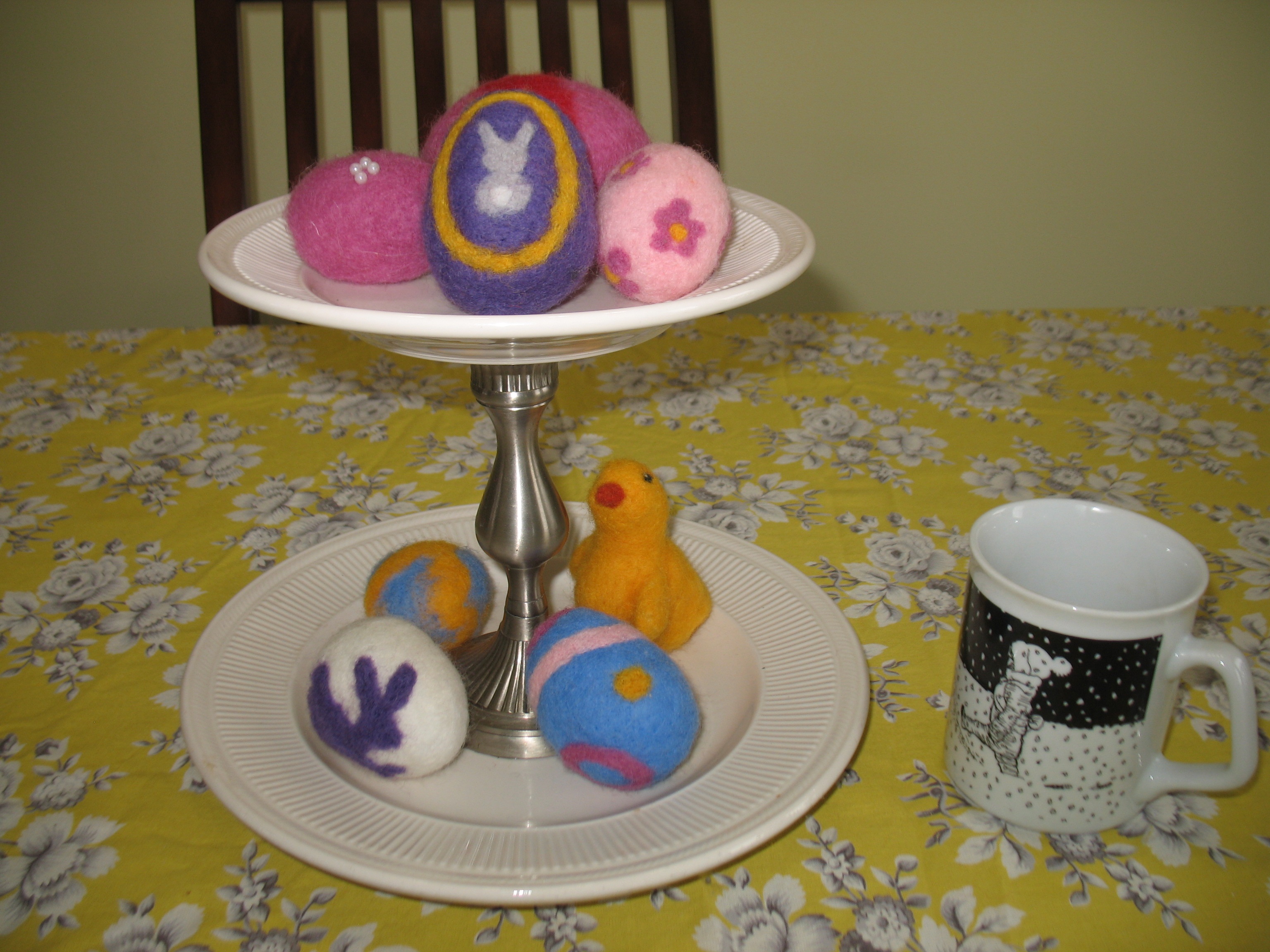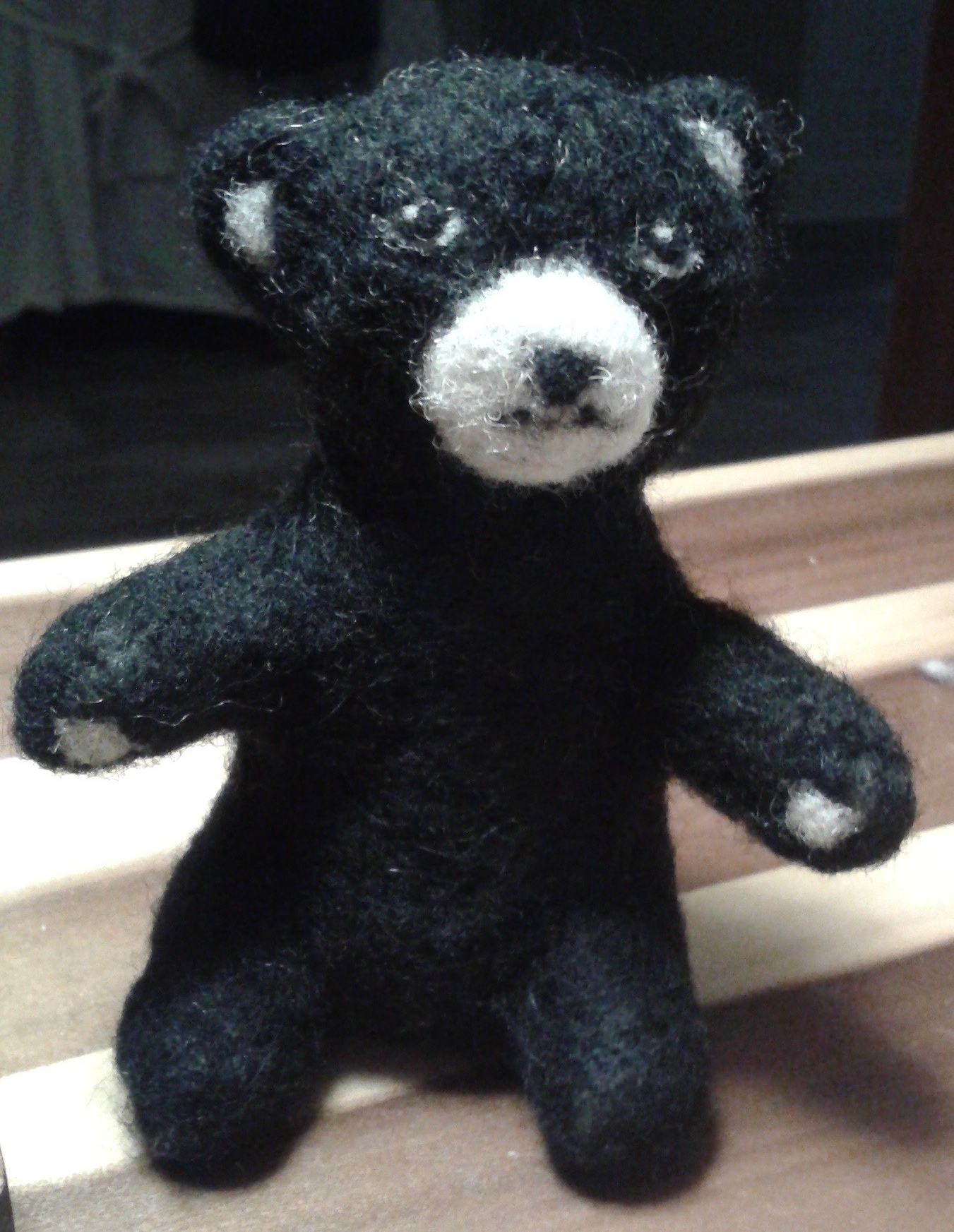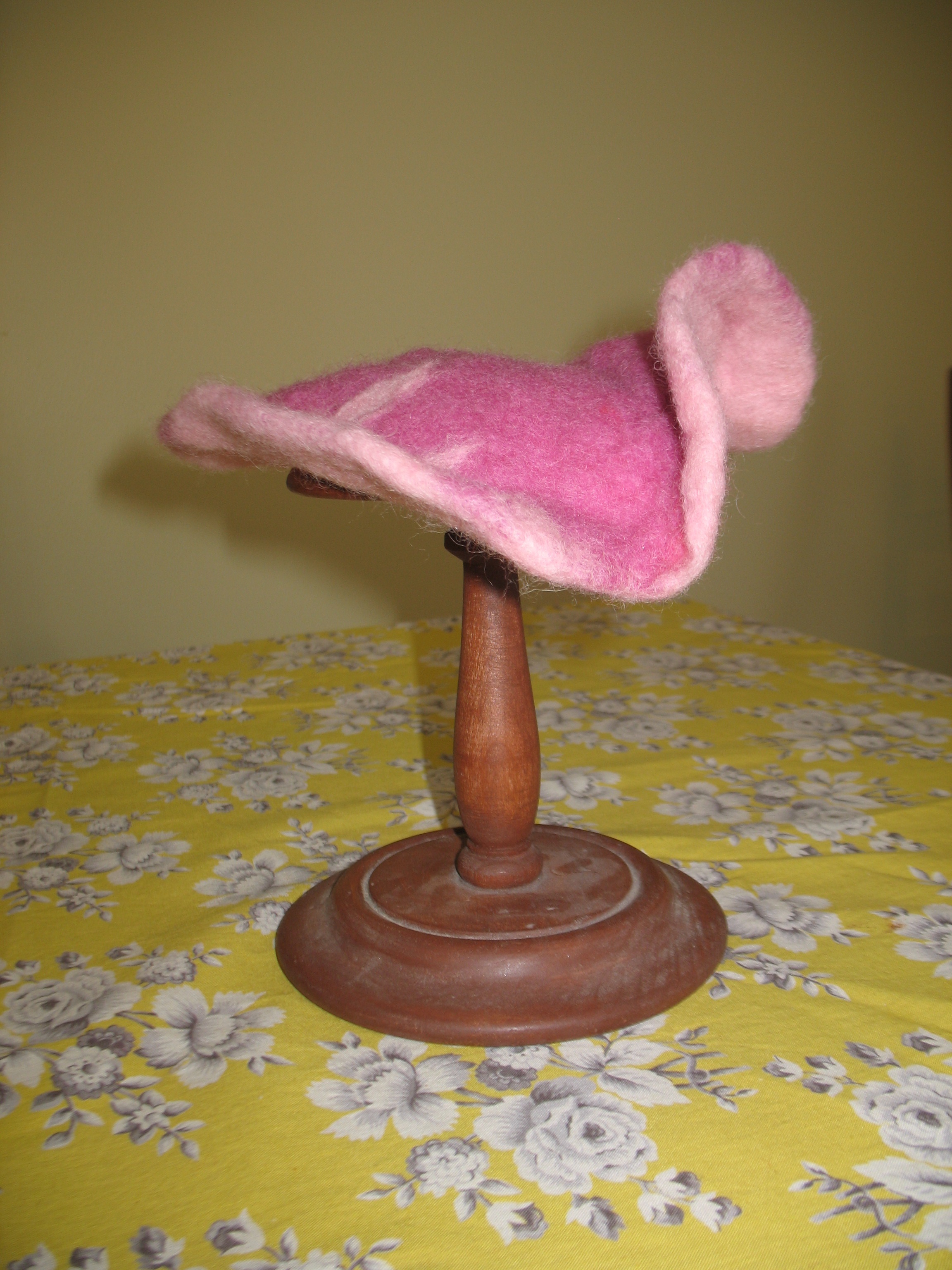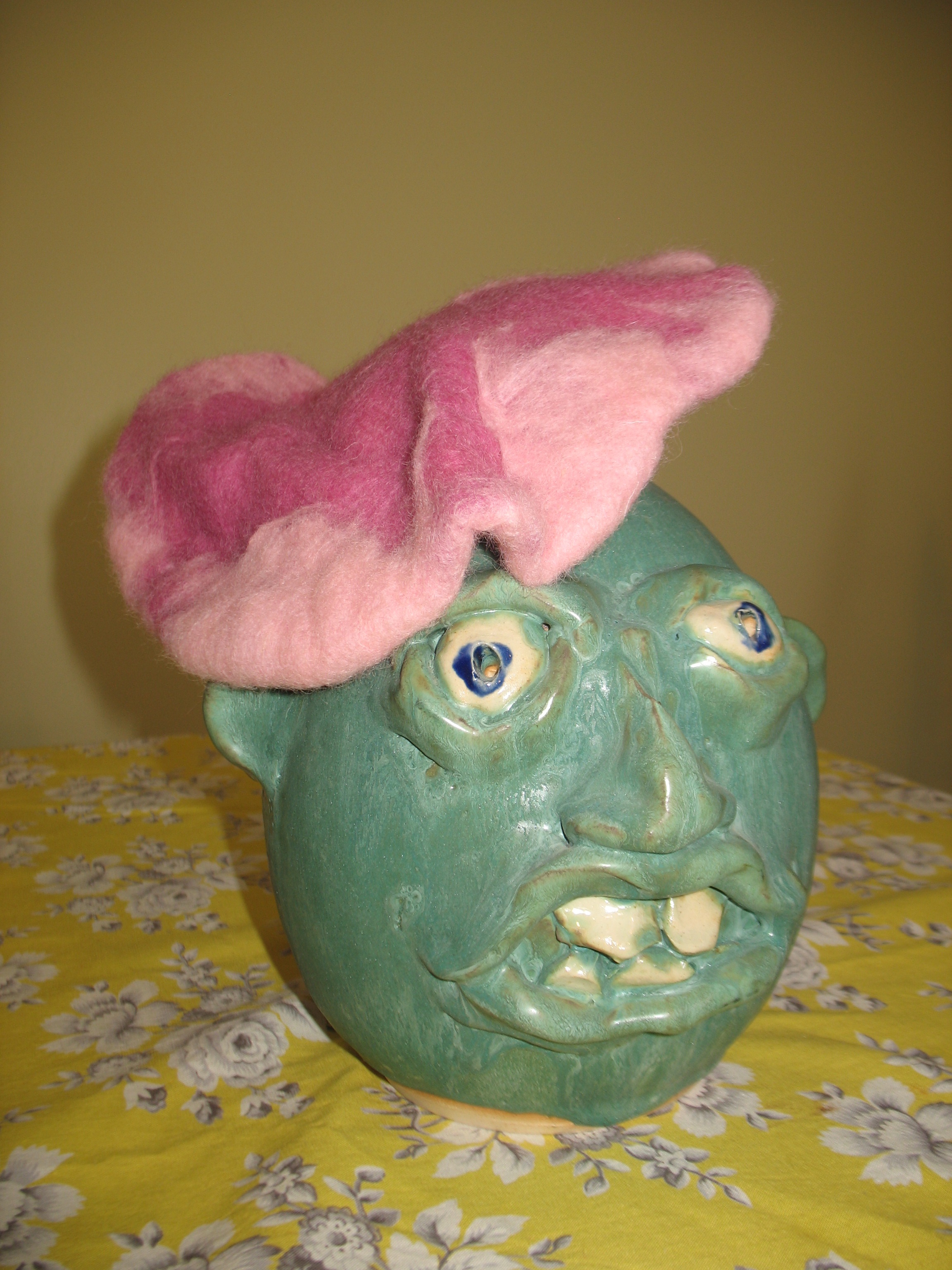I don’t know. It seems to me that people are all the time getting harder to live with. I’m not even talking about the younger generations, though some of them seem as far from me and my experience as an eel at the bottom of the sea. Of course we still breathe the same air and all, but that’s about as far as the similarities go.
Sure, I know. You think, “There goes old Sam, one of them typical get-off-my-lawn old fellers yelling at the clouds and falling far, far behind the times.” Well, that may be right to a degree, but it ain’t the whole truth. I know how to bank online. I’ve got a smart phone and use it when I need directions to get from Point A to B. And as chairman of the church cemetery committee at Lotus Creek Baptist Church, I keep the records of every plot on a spreadsheet, backed up on a flash drive. Sam Windlespear may be old, but he’s no fool.
I know we’ve got paper records at the church that go back to the 18th century, when the open land behind the church served as a mustering ground for the Revolutionary militia. Now the open land is no longer open; where the church graveyard ends, a fence separates it from a subdivision built in the 1980s. Soon will come a day when there’s no more room to bury any soul, especially the way so many take advantage of the free burial for legacy members. There are folks buried in that land that hadn’t stepped foot in the church for years, but they knew the trick to finding a cheap place to get planted, you better believe they did.
The Windlespears were known at Lotus Creek Baptist going back to 1939, when I was five years old and my folks moved into the community to take up farming on land that my mother’s uncle had left. He was a Morrison and a church elder himself (plot 14G, close to many a sad gravestone of a child struck by Spanish flu or a soldier of one of the world wars). His 20-odd acres included a tidy house and a good-sized barn. My mama and dad were proud to have such a good solid-built house, not like these two-story gingerbread houses in the development that get thrown together in no time at all.
Anyway, I know I’m getting away from the point, which is that I believe people are changing for the bad in ways that nobody ever thought of 30, 40 years ago. This past Sunday at church, Lou Goldston—known her all my damn life—got in my face about the way I’d looked at her grandson. I told her I can’t help how I look, but that boy can help the way he looks. Boy’s got a ring in every hole in his head, and punched a few fresh holes that God didn’t give him and put rings in them, too. But what got me was the tattoo he had on his right leg and the fact that I could see it because he wore shorts to church in 30-degree weather.
“He wears shorts all the time,” Lou said. “It ain’t nothing wrong with that.”
“Lou Goldston, it’s cold outside. How you expect me to look at somebody when looking at them makes my blood freeze?”
I know she didn’t like it, but she needn’t act like I ought to clean up my act and be a better Christian. She and her family have had their own issues, is all I’ll say, and if excommunication hadn’t been ruled out by the church in the 1950s I doubt her family would still be allowed through the doors, though these days about anybody can come in and no questions asked.
I don’t tell everything I know, and that’s all I’ll say about it. But as the number of open plots in the cemetery dwindle down to a handful, taking into consideration that some are already reserved or have people waiting to move in next to their kin, I’m of a mind to do a little excommunicating myself. “Nope, sorry,” I’ll say, when Lou and her husband ask about reserving a plot, “I don’t have space to put you together, though I reckon I could put one of you in that space beside Willard Ormsby, since it appears his wife won’t be coming back. Then you could be next to Willard, Lou, and Ernest could wedge in there at the end of row 30, with only the foot path between you.”
There are some other members I would fix, assuming I can hang on to my chairmanship for a few more years. Lindsey Beck, for one. I know from two different sources, one of them my daughter, that Lindsey has no more business receiving a free Christian burial than Judas Iscariot. Not a thing against Lindsey that could hold up in a court of law, mind you, but he was relieved of his duties as youth minister. They let him stay in the choir, though, being thin of male voices. I hate his face, and rejoice on those Sundays when he’s not present to remind me of his existence. Forgive? You do it. I can’t and I won’t. I may not have power to throw anybody out of the church, but I can sure keep their rotting flesh from desecrating the sacred ground of which I am chief custodian.
Somebody—I know it was one of the Granger brothers, who think they’re each one a unique comedian—said, “We have to tread careful around Sam, we sure do. After all, he knows where all the bodies are buried.”
Oh, I know where the bodies are buried. You better believe I do.
Image: Childe Hassam, “Colonial Graveyard at Lexington,” circa 1891. Pastel drawing. Smithsonian American Art Museum, gift of John Gellatly.
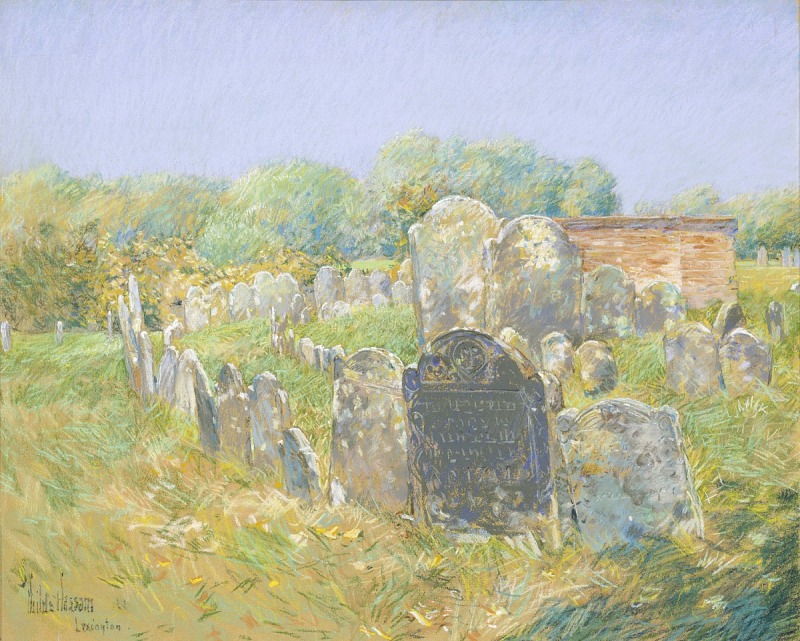

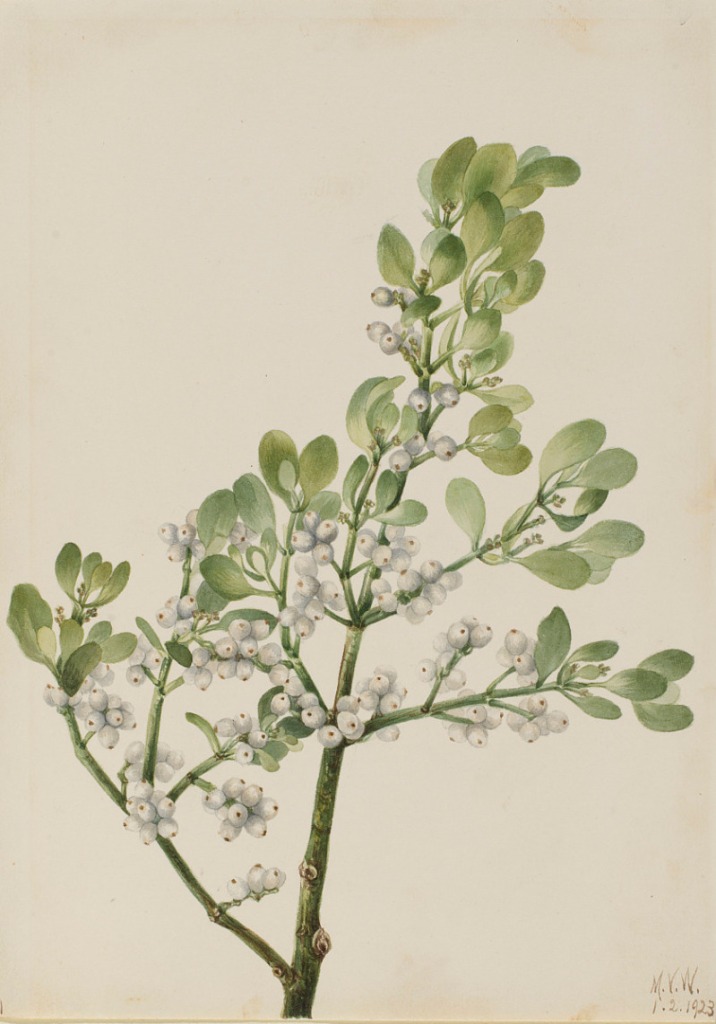



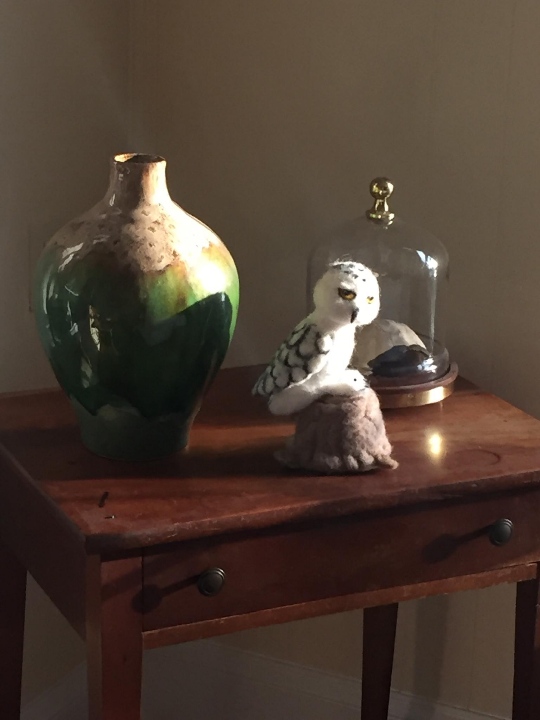
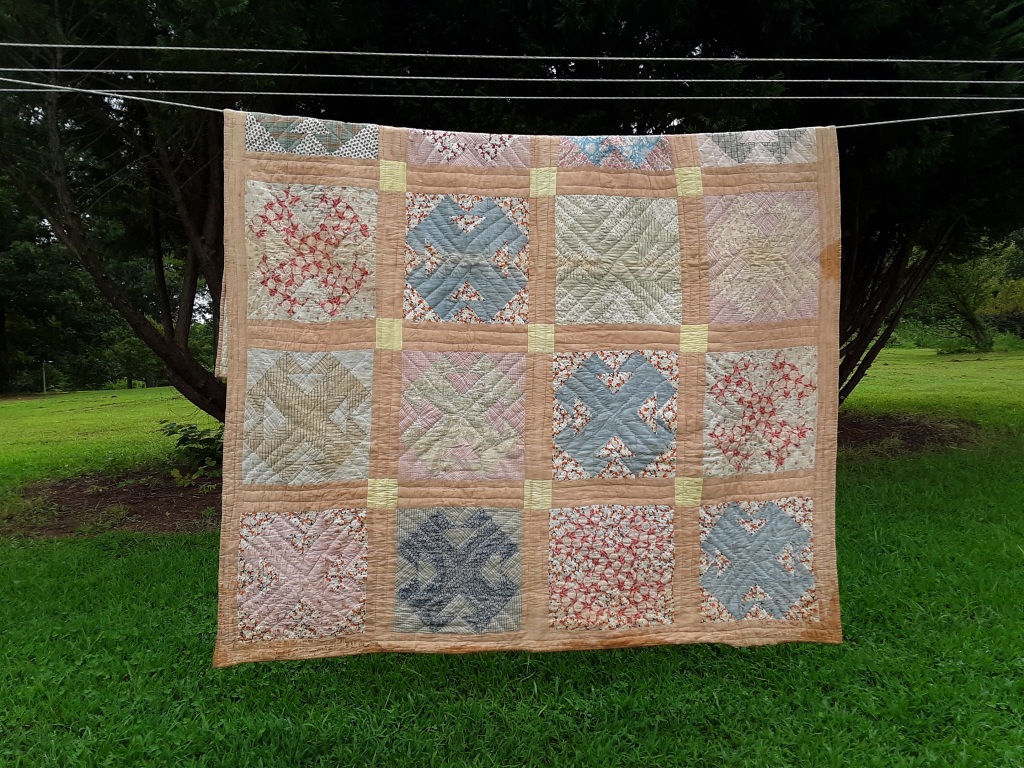
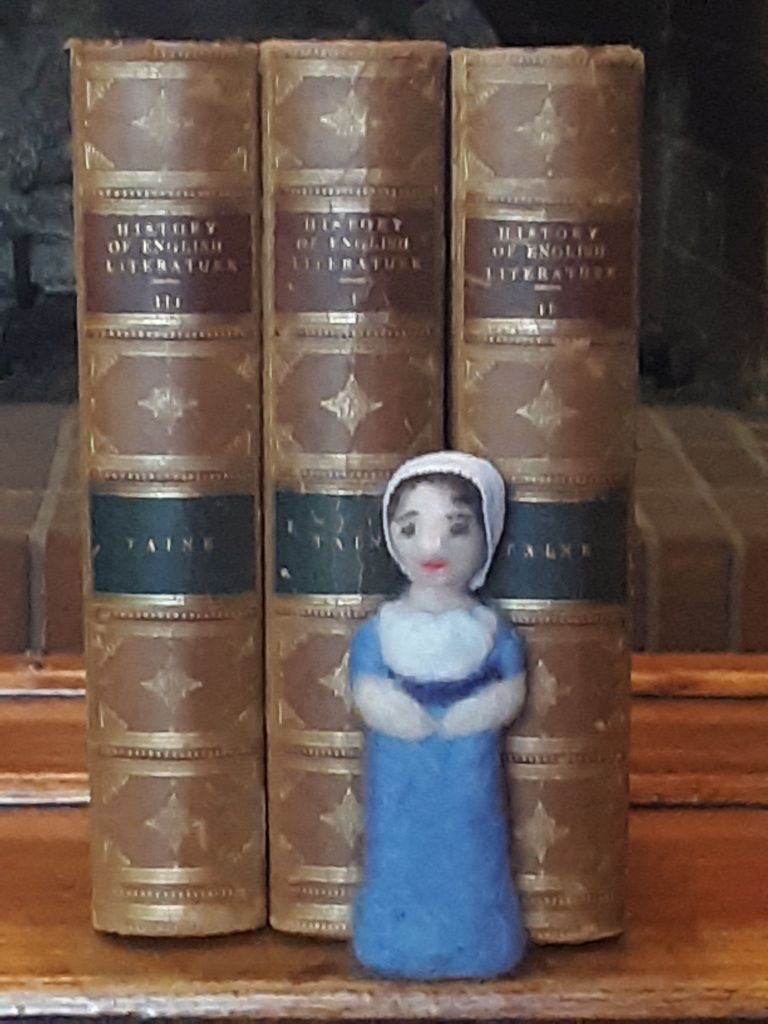

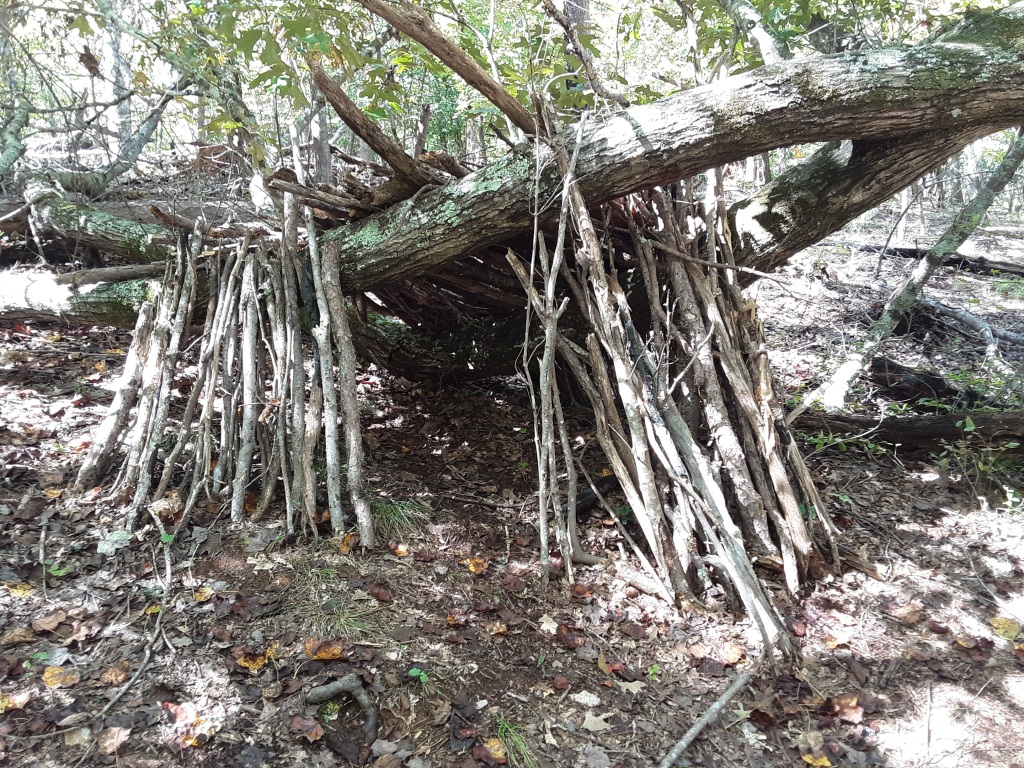

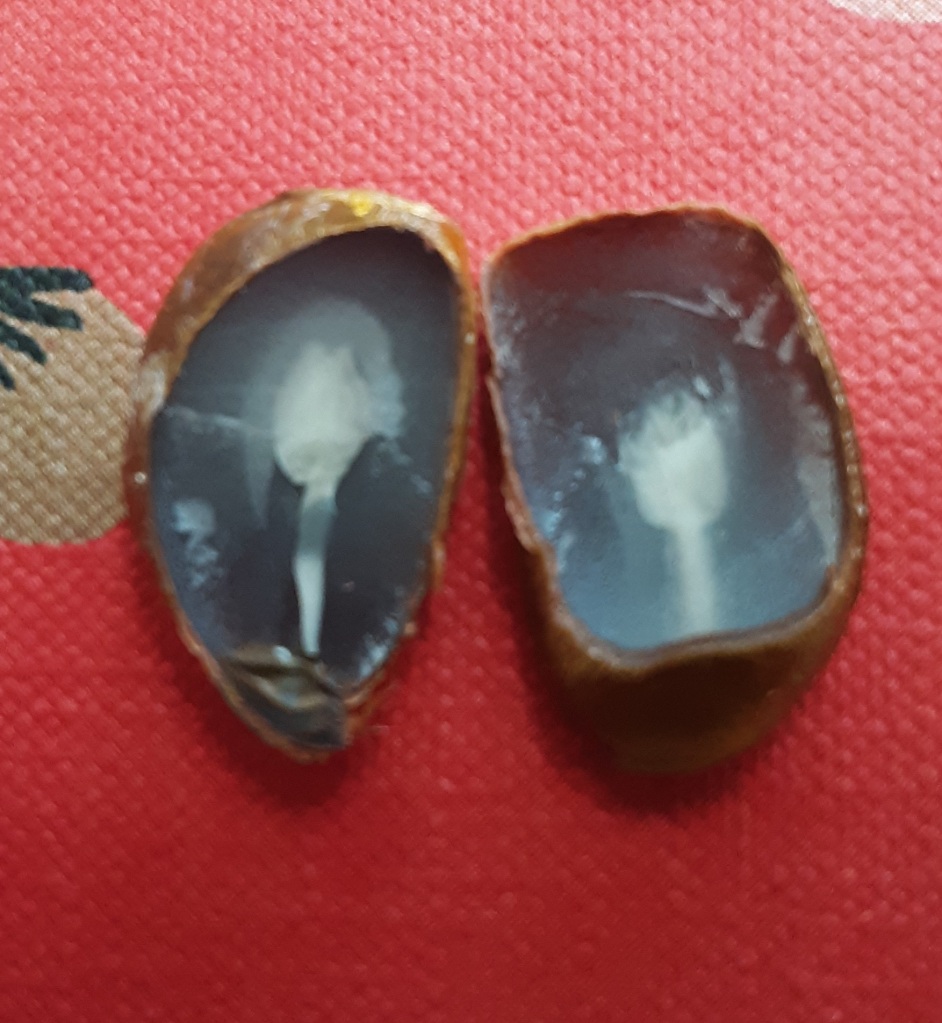
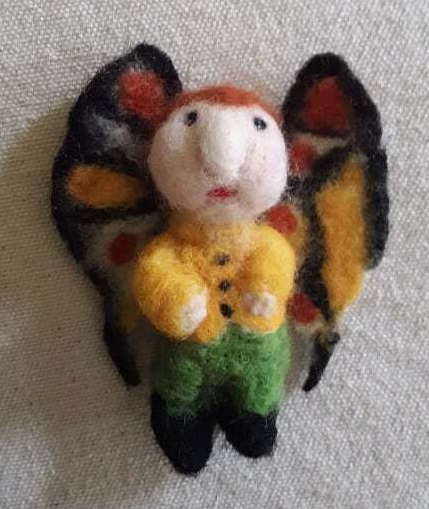

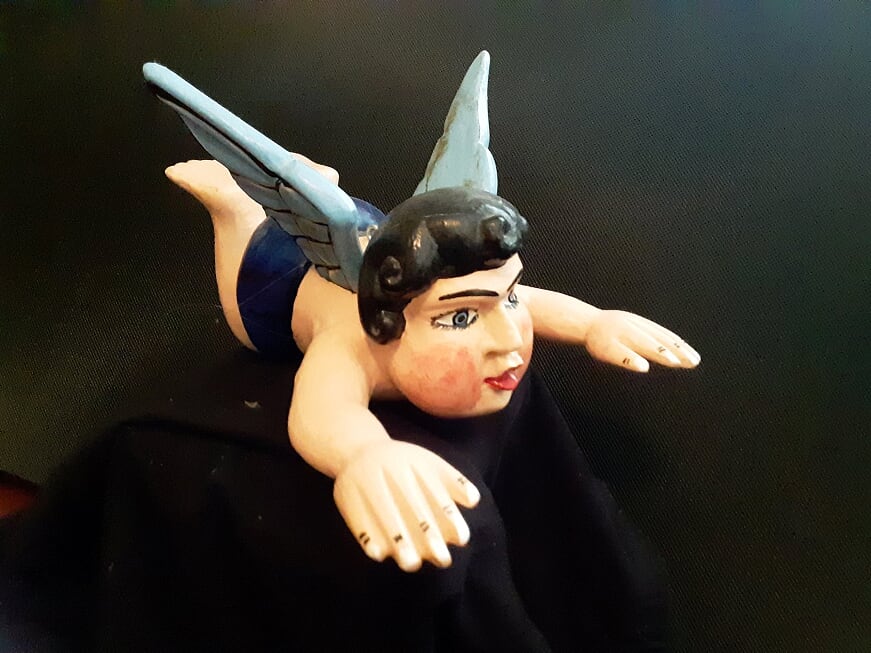
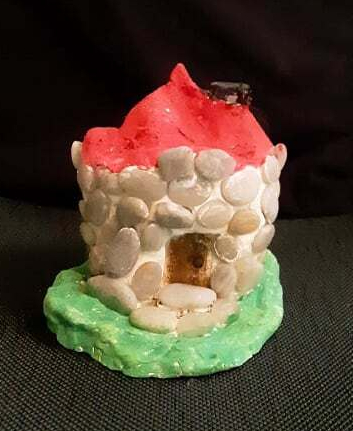
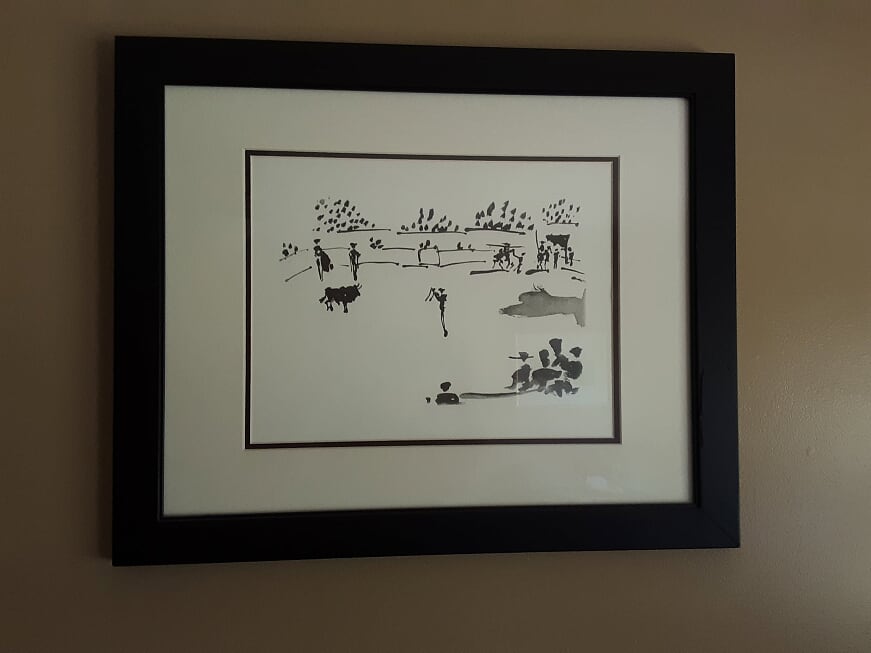
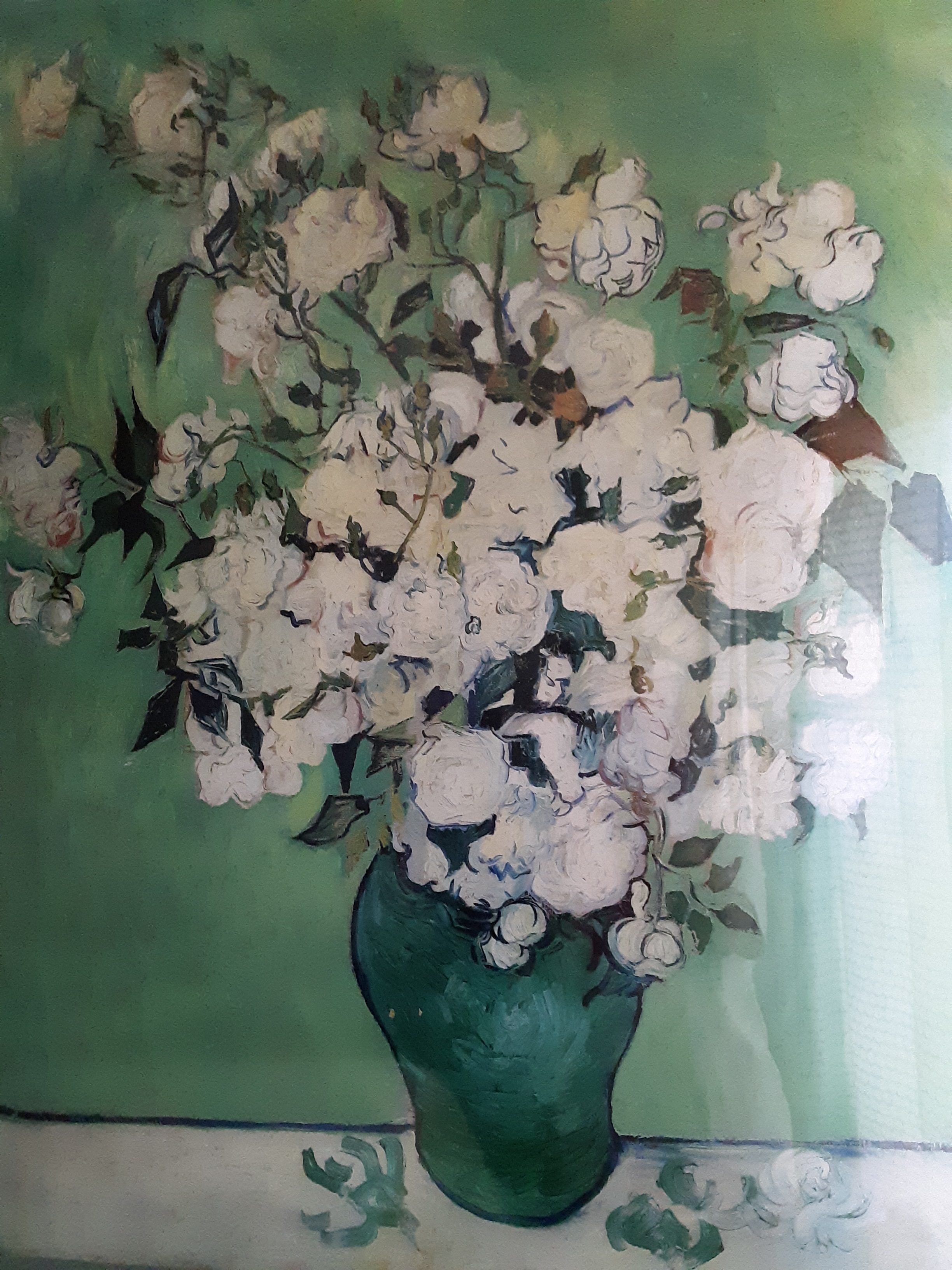


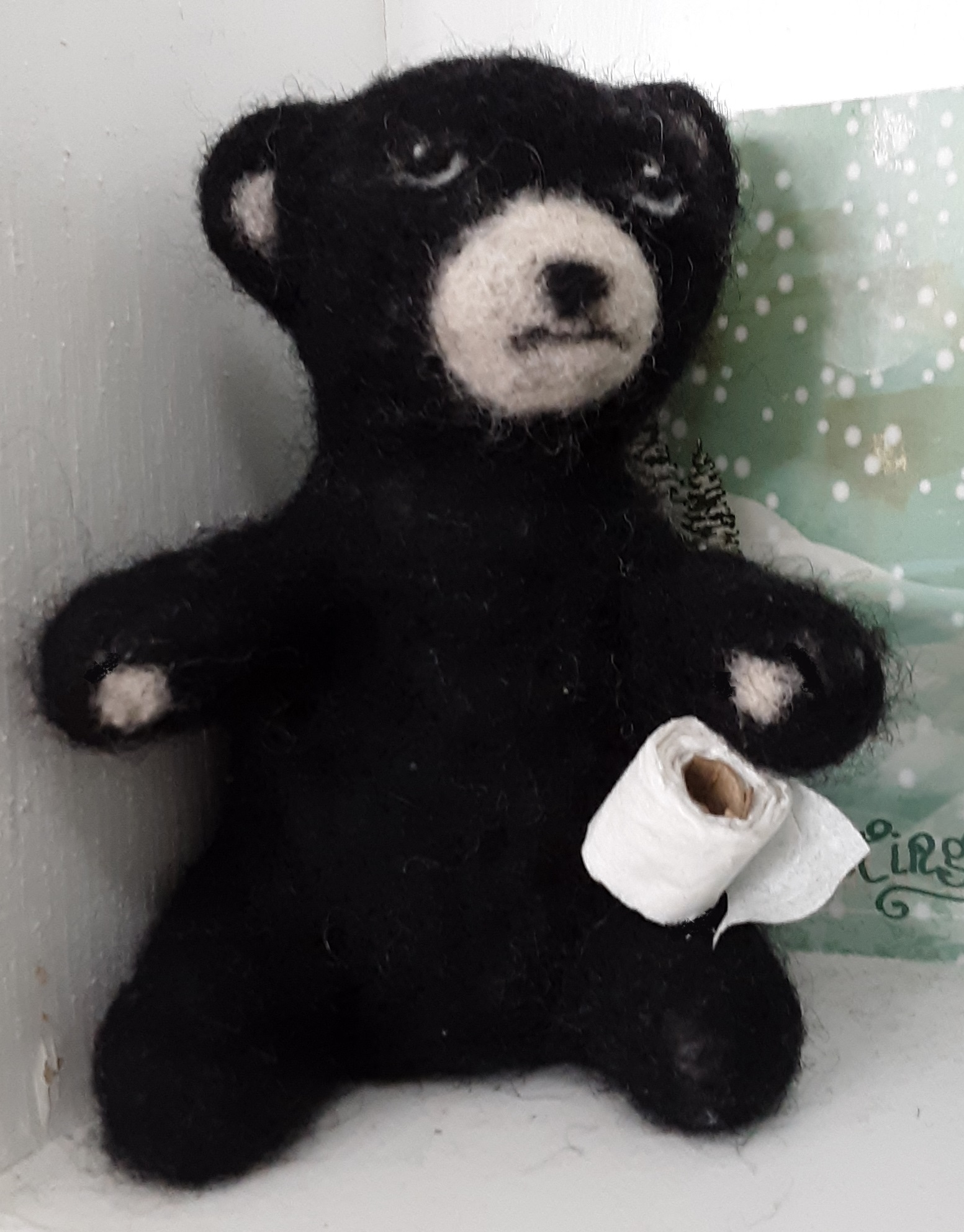
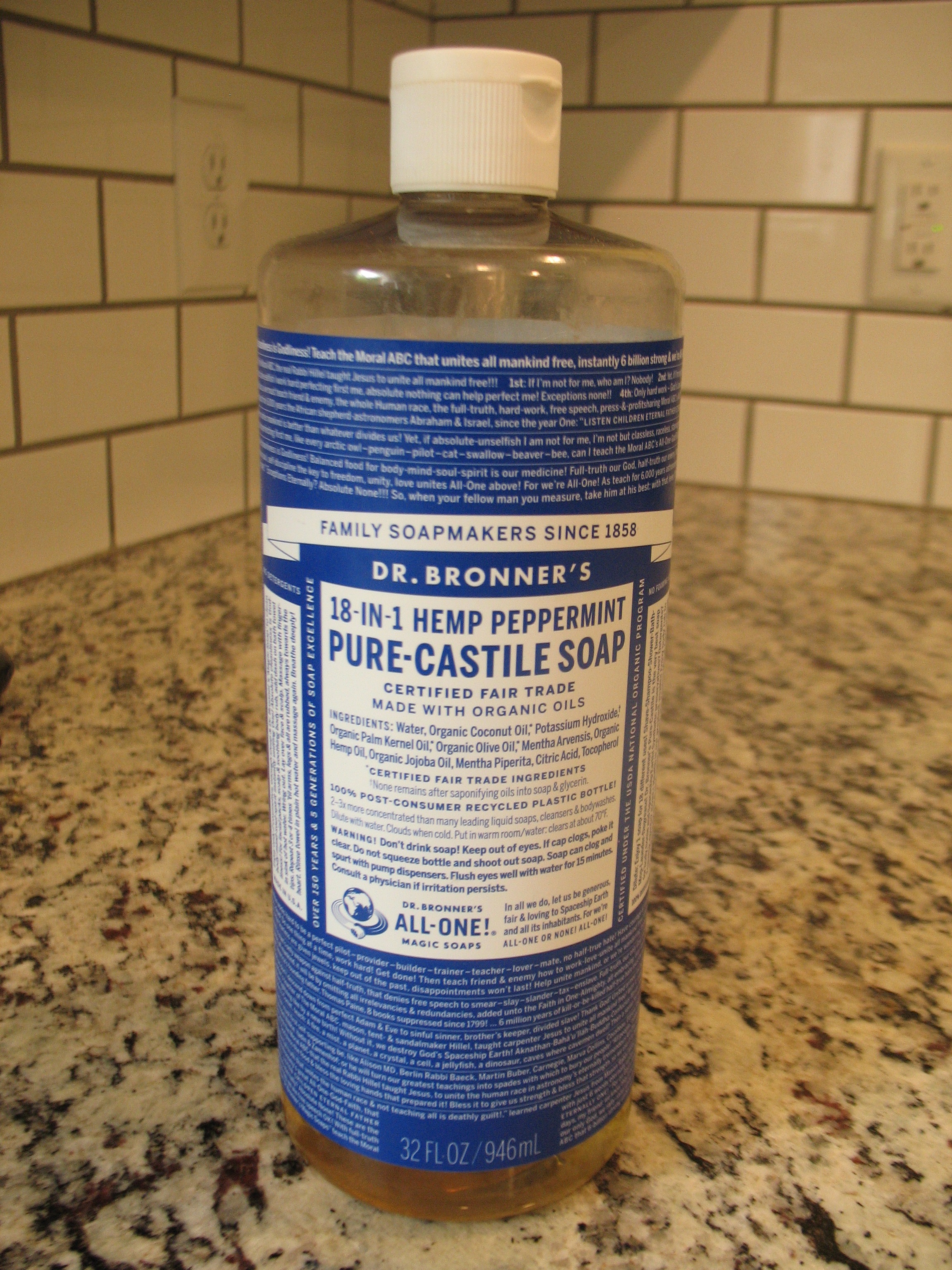 Maybe you’ve noticed Dr. Bronner’s liquid soap in stores—the ones with his All-One speech printed on them in an itty bitty font. Not only do you get a lot of soap for $14.99, you also get philosophy. Can’t beat that deal.
Maybe you’ve noticed Dr. Bronner’s liquid soap in stores—the ones with his All-One speech printed on them in an itty bitty font. Not only do you get a lot of soap for $14.99, you also get philosophy. Can’t beat that deal.
 We love Tootsie Rolls, so when I found
We love Tootsie Rolls, so when I found 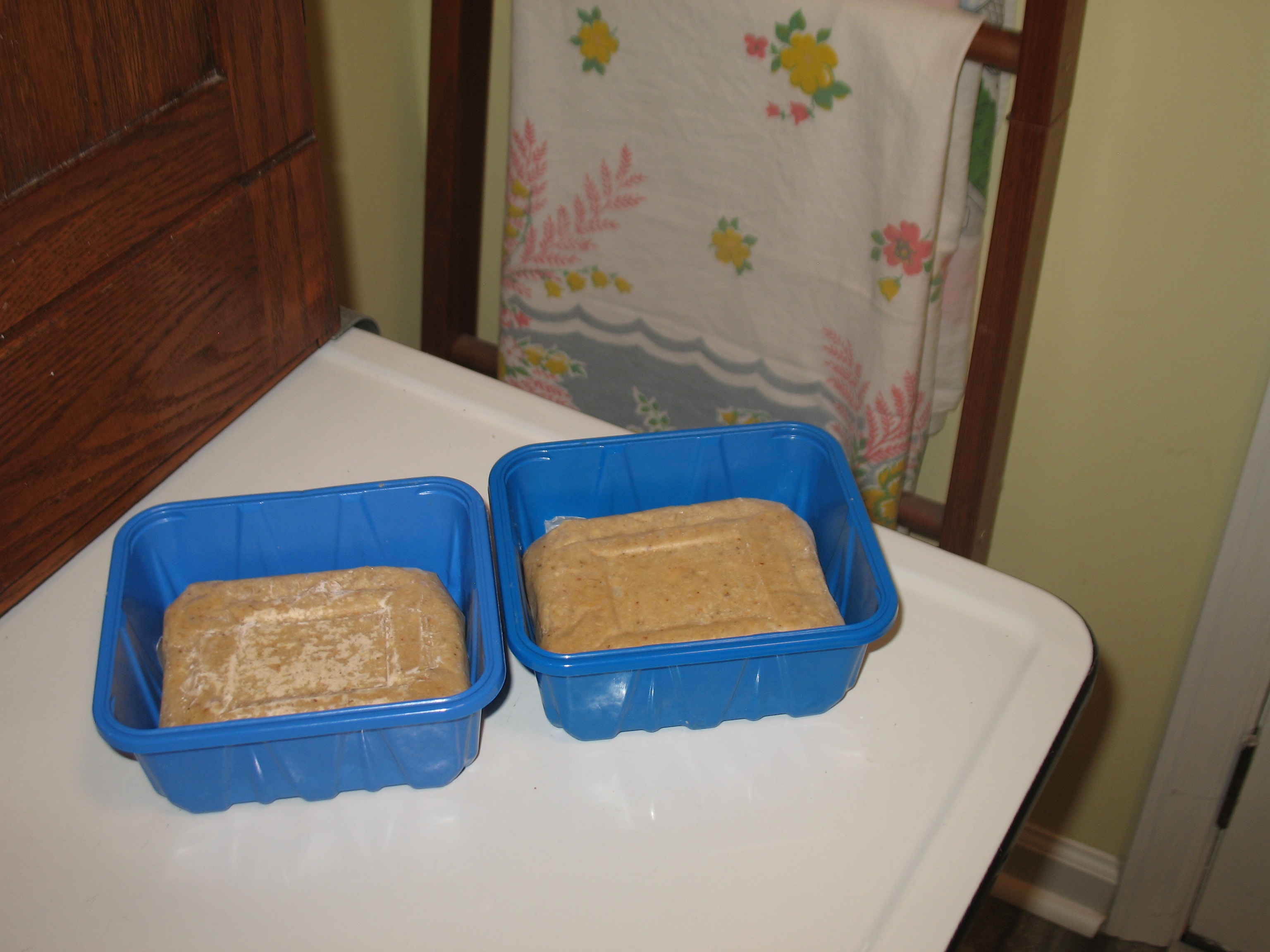 the poles that our bird feeders hang from, and that is entertaining for about half a day as we watch the squirrels try to climb up, only to go sliding back down. But after several slides, all the grease has been transferred to the squirrels’ paws, and they simply wipe their little paws on the grass a few times and up they scamper. There’s just not enough grease in the world to make this a workable solution.
the poles that our bird feeders hang from, and that is entertaining for about half a day as we watch the squirrels try to climb up, only to go sliding back down. But after several slides, all the grease has been transferred to the squirrels’ paws, and they simply wipe their little paws on the grass a few times and up they scamper. There’s just not enough grease in the world to make this a workable solution.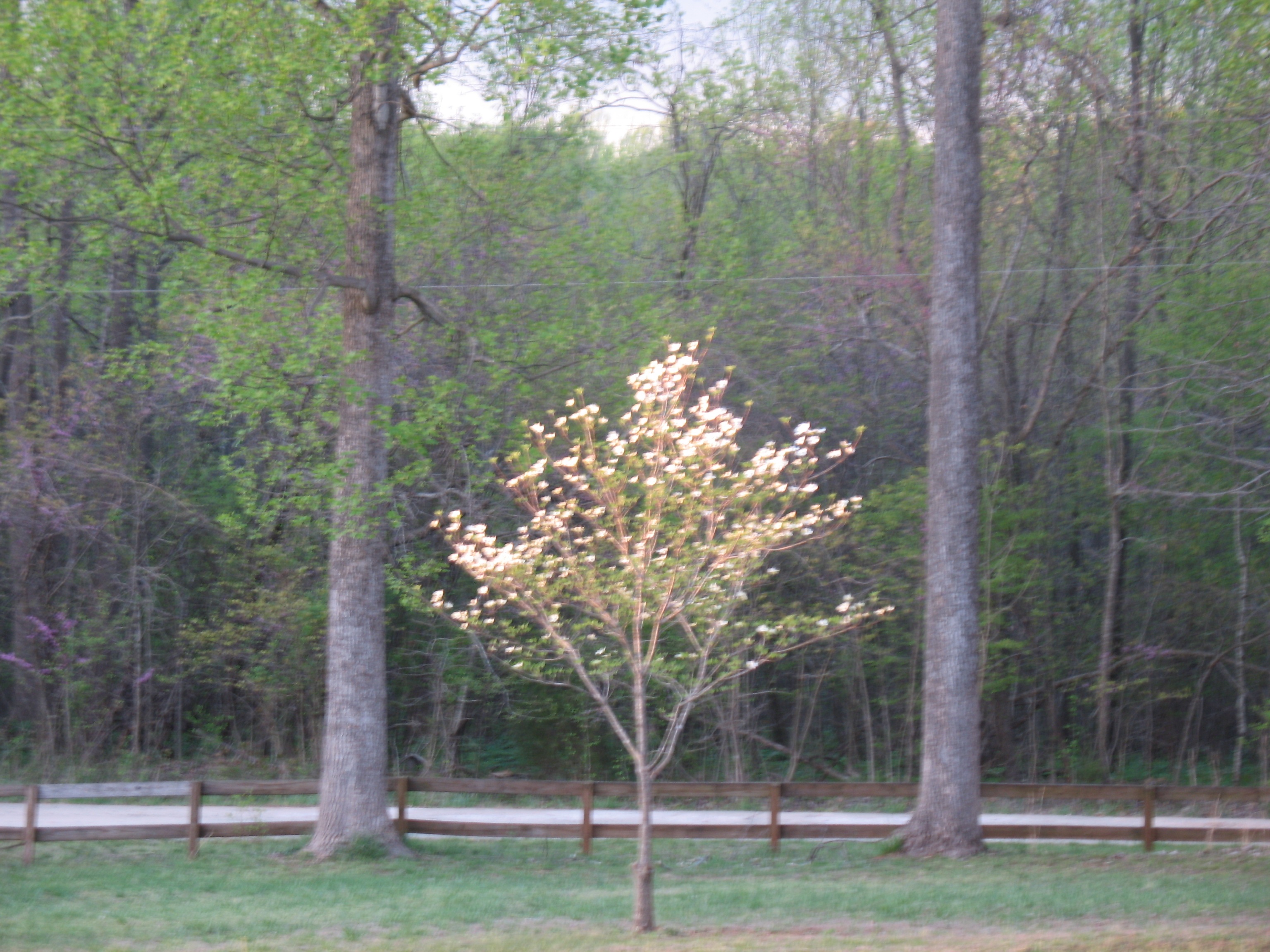
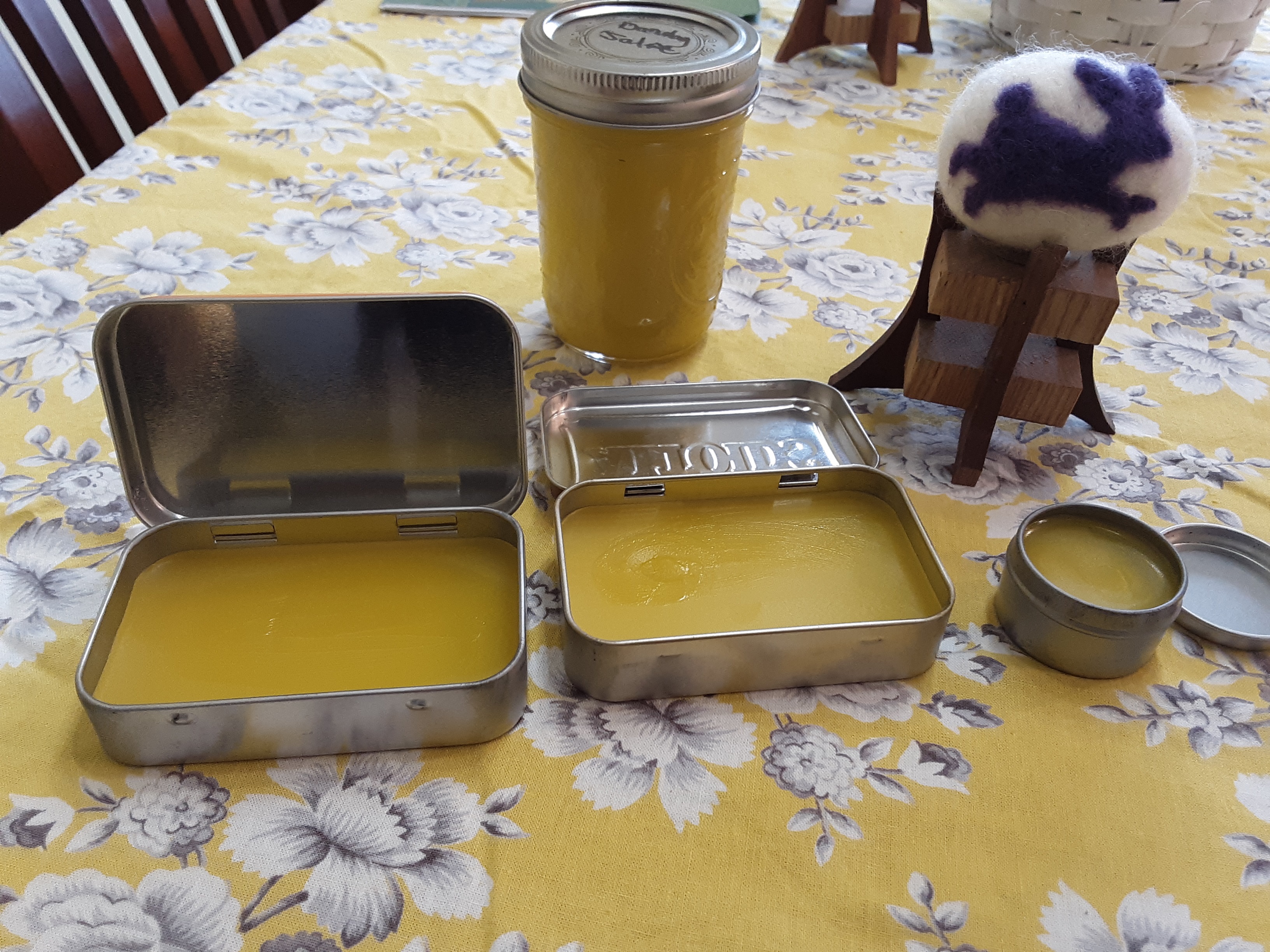 A reportedly pain-relieving and anti-inflammatory ointment, dandelion salve may or may not ease the pain of arthritis, but it absolutely glows like trapped sunlight. Knowing that I could harvest dandelions to make salve transformed my ill-will toward dandelions. Suddenly, having more dandelions in the yard than anyone else on earth became a point of pride, something to celebrate. I collected a cup or two of the blooms, made a dandelion-infused oil, then performed the necessary magic that turned it into actual, successful, impressively rich and golden salve. I gave a good portion of the batch to my dad for testing. He said it makes his hands shiny.
A reportedly pain-relieving and anti-inflammatory ointment, dandelion salve may or may not ease the pain of arthritis, but it absolutely glows like trapped sunlight. Knowing that I could harvest dandelions to make salve transformed my ill-will toward dandelions. Suddenly, having more dandelions in the yard than anyone else on earth became a point of pride, something to celebrate. I collected a cup or two of the blooms, made a dandelion-infused oil, then performed the necessary magic that turned it into actual, successful, impressively rich and golden salve. I gave a good portion of the batch to my dad for testing. He said it makes his hands shiny.





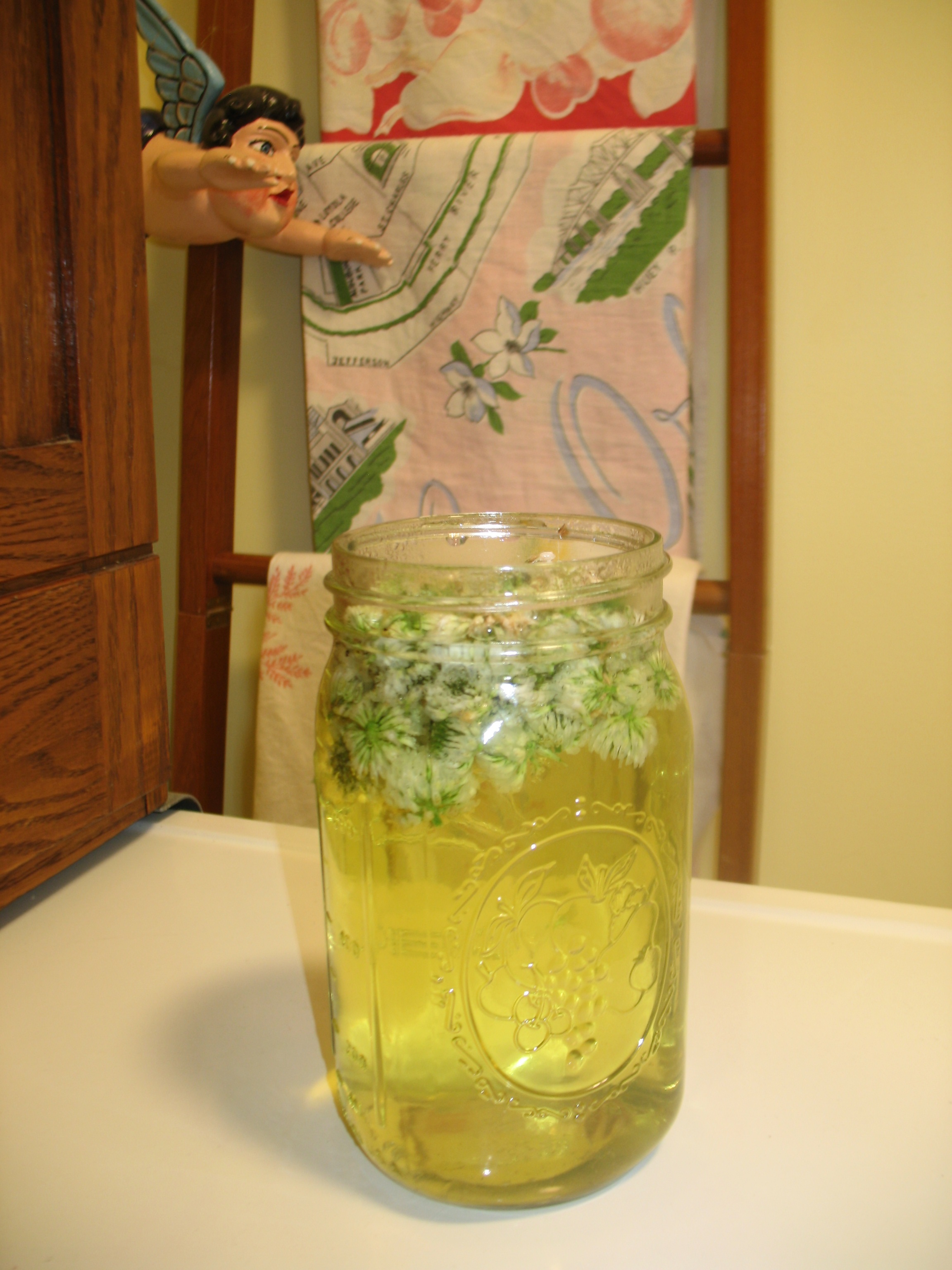 Doesn’t our Mexican cherub almost look as if he plans to take a dip in the tea? This is the second wildflower tea I’ve brewed this season, out of an abundance of flowers, an unusual amount of free time, and (most importantly) access to the wonderful website
Doesn’t our Mexican cherub almost look as if he plans to take a dip in the tea? This is the second wildflower tea I’ve brewed this season, out of an abundance of flowers, an unusual amount of free time, and (most importantly) access to the wonderful website 